Hydrogeology and Examination of Soil Fertility
Current research projects
- Testing the feasibility of P capture, recycling, and utilization for sustainable agriculture and a clean environment using Al/Organic composite water treatment residuals (Al/O-WTR) (US-Israel BARD), and Fe-desalinization treatment residue (Fe/O-DTR).
- Exploring the possibility of co-addition of compost and zeolites for improvement of soil quality and fertility by increasing K availability (Ministry of Agriculture).
- Using proximal soil survey techniques for evaluating optimal soil sampling, salinity, and drainage in farm fields and the impact of olive mill wastewaters on soils.
- Recycling dairy effluents using an advanced wetland system of halophytes-zeolites substrate for fodder irrigation in times of drought (Horizon 2020 BRIGAID project).
Phosphorus Recycling
Phosphorus recycling from polluted effluents to agriculture fertilizer using reused alum sludge
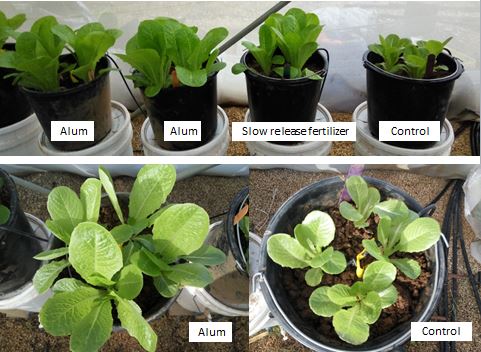
Agricultural effluents and soil loaded with phosphorus (P) may cause eutrophication in waterways and lakes. Based on the current pace of utilization of this essential fertilizer, global reservoirs are expected to be exhausted within 100-150 years. Thus, numerous research teams have invested effort in developing a technology for recycling phosphorous. Sludge of aluminum water treatment residuals – Al- WTR – has been used to remove organic matter (OM) and fine particles from water reservoirs have been tested, because Al-WTR exhibits a large P sorption capacity. Previous attempts to use Al-WTR as a fertilizer showed mixed results. In the current project, we hypothesized that Al-WTR loaded with P and organic constituents from dairy wastewaters would form an excellent fertilizer substitute, because OM weakens P sorption and increases P bio-availability.
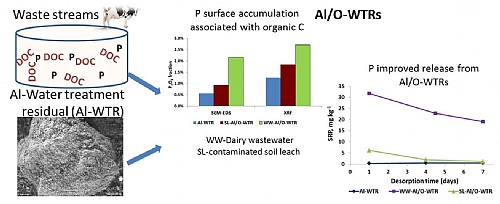
Al-WTR from the Eshkol site, a byproduct of treating the Sea of Galilee water, was used to treat WW, producing P and OM-enriched WW-Al/O-WTR, respectively. The chemico-physical attributes of WW-Al/O-WTR loaded with P were studied and the potential of its reuse as a P-source was evaluated in columns and pots with lettuce, as a case study.
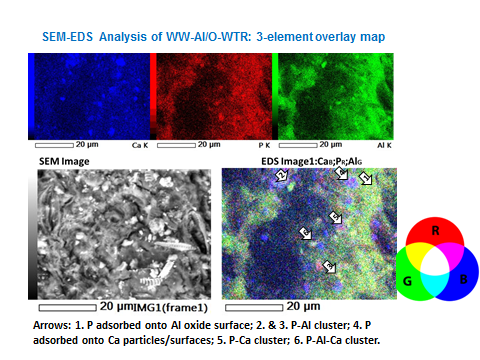
The Al-WTR removed the inorganic P from the WW effluents. It was found that in WW with high P concentrations, a higher level of P was loaded on Al/O-WTR surfaces, probably due to weaker P sorption. P-binding pools on the surface of the Al/O-WTRs included Al (hydr)oxides and calcific surfaces, probably calcium carbonate. The SEM-EDS results indicated that P had also associated with Al-P, Ca-P or even Al-Ca-P.
Nine-week-long desorption batch experiments indicated that the WW-Al/O-WTR released concentrations of inorganic and organic P, mainly during the first 2 weeks and sustained constant P concentrations in the following weeks. The column experiments indicated efficient P removal from dairy WW, but a limited release of 33% using even a moderately-strong extraction solution (0.5 M NaOH). This was attributed to the heterogenic nature of the Al/O-WTR (Al- and Ca-associated). Lettuce grown in pot experiments exhibited comparable yield when fertilized with P-loaded WW-Al/O-WTR versus liquid and solid P chemical fertilizers.
Onsite Remediation
Onsite Remediation of Dairy Farm Sewage by Aerated Bioreactor and Halophyte-Zeolite Treatment Wetlands
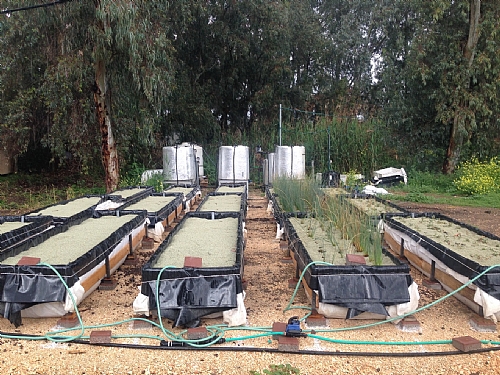
A new regulation in Israel requires that “hard” sewage producers treat wastewater onsite before releasing it to the municipal sewage line. The main parameters addressed by the regulation are organic matter, solids, nitrogen, and phosphorous. Certain heavy-water-footprint industries, such as olive mills, wineries, and dairy farms stand out, because their onsite treatment options are limited. Previous technological developments at MIGAL included nano-composite modified clays for benign and rapid solids removal, and aerated solid state bioreactors for organic matter decomposition. The combination of these innovations resulted in a compact onsite treatment system for “hard” wastewater of wineries, to the point that onsite reuse for irrigation can be considered, thus allowing further progress towards sustainability. A crucial, as yet unaddressed aspect is the sodium content, which is conventionally removed by energy-intensive reverse osmosis or distillation. Sodium concentration above 150 mg/L renders treated wastewater unfit for irrigation; in dairy farms the sodium content can range between 290-1000 mg/L. We proposed a combination halophyte and ion exchange wetland for removal of sodium from the treated wastewater. The sodium accumulating plants, collected from a waterlogged saltmarsh in Israel, are currently under propagation at a specialized nursery constructed for this purpose at the Neot Mordechai Experimental Research Station. In parallel, natural zeolites are undergoing a battery of sodium-exchange tests in a bench-top setup, using treated wastewater spiked with sodium. Preliminary results indicate that the plants can contain up to 5% sodium in their leaves and that the zeolite can remove 40% of the sodium in a single pass, independent of flow rate. The salt-remediation wetlands are currently under establishment and will begin operation in a pilot scale in Spring 2018 at a dairy farm in Kfar Blum. If successful, the model will be scaled up to include the treatment of the entire dairy farm waste stream. Options for onsite reuse for agriculture will be considered as well.
The team: Dr. Ezra Orlofsky, Simon Chernoivanov, Alisa Cohen & Prof. M. Iggy Litaor
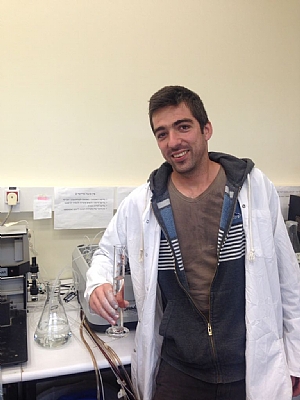
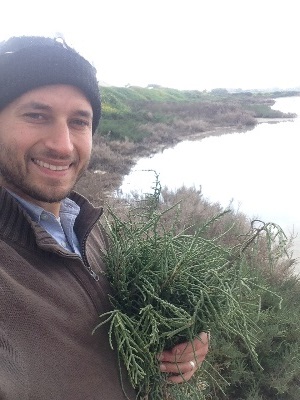
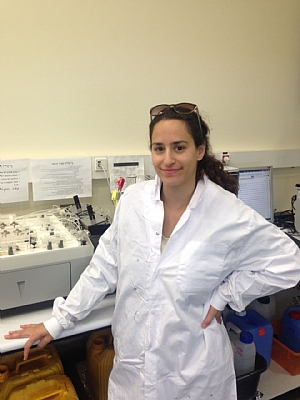
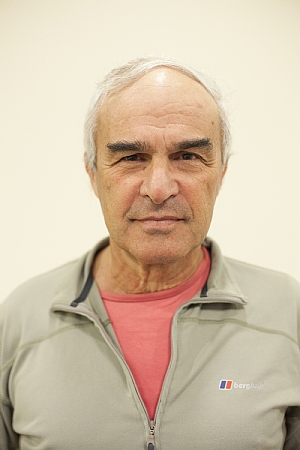
Zeolite
The main objective of the study is to test the benefits of compost and zeolite co-addition on the fertility of organic-rich Mediterranean soils.
The results of previous pot studies in greenhouse experiments found that zeolites mixed with compost significantly improved potassium availability, as well as exchangeable potassium capacity in the soils.
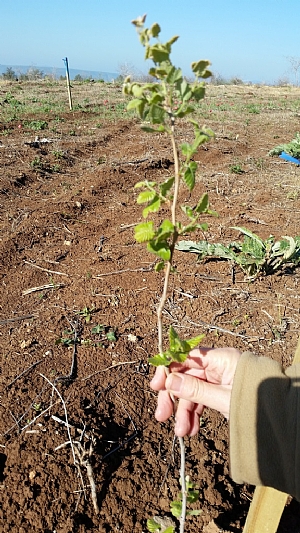
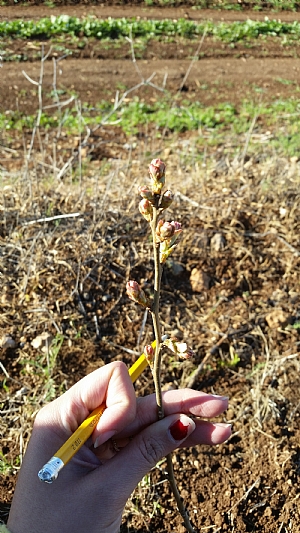
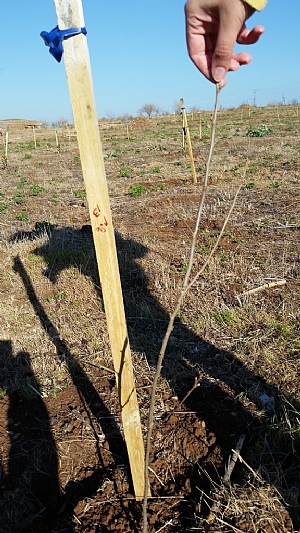
In addition to agriculture experiments, we have been testing the idea of adding zeolites and compost to young tree seedlings as part of our re-afforestation efforts. Forests are being planted all over Israel as a means of preventing soil erosion, establishing new sites for recreation, combatting desertification, and increasing carbon sequestration. Traditionally, the afforestation effort in Israel was limited to pine trees, because they grow relatively quickly. However, they are extremely susceptible to fires in times of drought and their survival rate in extreme weather conditions (e.g., heavy snow in winter) is rather poor. In recent years, the afforestation service of the JNF has been using various native trees, such as oaks and others. In order to increase their survival rate, we have been experimenting with the addition of zeolites, compost, and co-addition of both. A field study was recently launched in the Golan Heights; a pine forest that burned down is being replaced with more resistance and resilient trees. We hope that the addition of the zeolites and compost will improve the soil and nutrient conditions, and, in turn, increase tree survival rates.
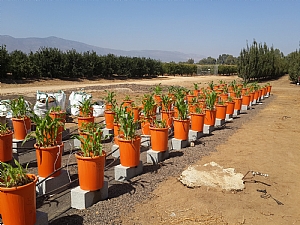
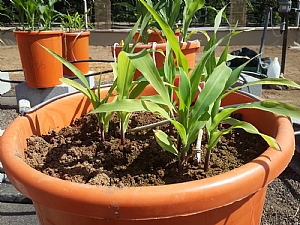
Major considerations in conducting these experiments dealing with nutrients are the nitrogen phosphorous and potassium release rates and leaching, and soil moisture content.
These are major parameters in plant growth.
